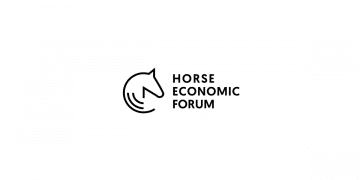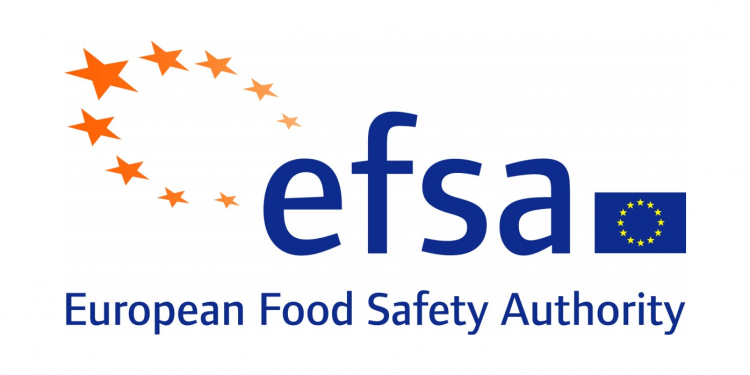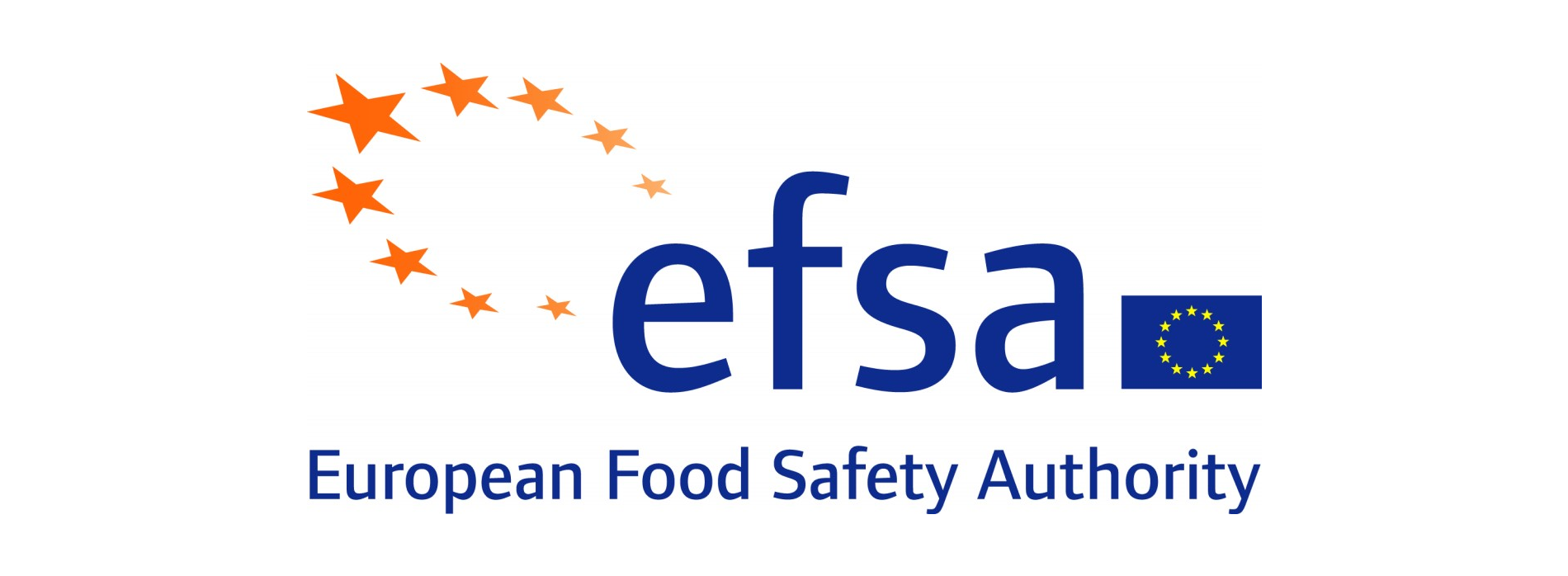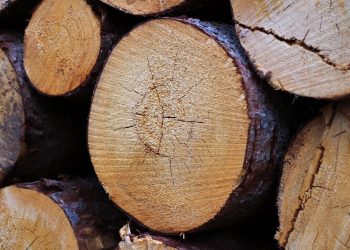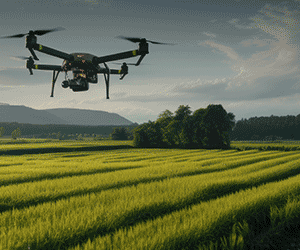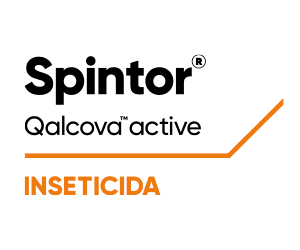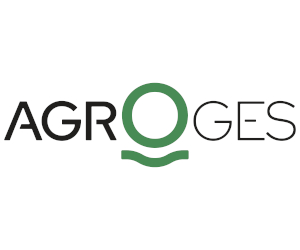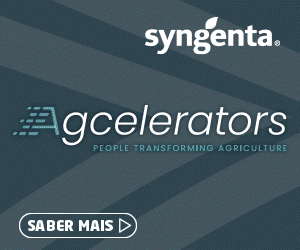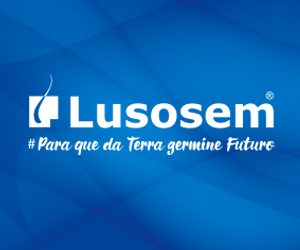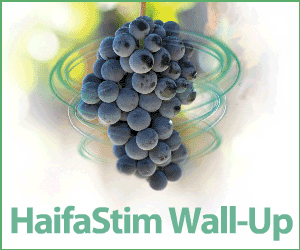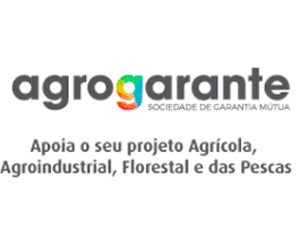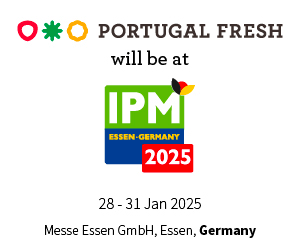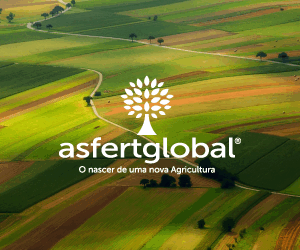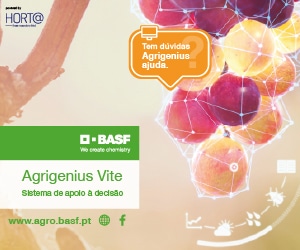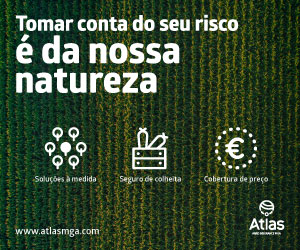What are the main features of the revised guidance?
The document describes how to assess the risk to bees that are exposed to plant protection products in agricultural areas. It does so by following a tiered approach for assessing both bees’ exposure to pesticides (via contact or diet) and the resulting effects. The guidance document also outlines the studies that need to be generated by applicants when a high risk cannot be excluded during an initial assessment.
The document covers various scenarios and aspects relevant for the risk assessment. These include the different timescales of effects (acute and chronic) and the different life stages of bees (adults and larvae). For honey bees, it considers possible long-term effects of low doses and potential concerns due to sublethal effects. The document also provides recommendations for risks from metabolites and mixtures of plant protection products.
What is a tiered approach?
Both exposure estimation and effect assessment can be performed following a tiered approach, moving from conservative to more realistic assessments. The concept of tiered approaches is to start with a simple assessment, such as a screening based on standard data, and then add complexity if necessary to refine the risk. This is the case when a high risk cannot be excluded at the lower tier, and it may involve data from field or semi-field studies.
Why and how was the review performed?
According to EU legislation, plant protection products may be approved only if a risk assessment shows that they have no unacceptable effects on the environment, including non-target species such as bees. In 2013, EFSA published its first guidance on the risk assessment of plant protection products on bees (Apis mellifera, Bombus spp. and solitary bees), which the European Commission asked us to revise in 2019.
In response to the request, we set up a working group consisting of EFSA staff and external experts, and in line with the mandate, we carried out an evidence-based review taking into account the latest scientific knowledge that has emerged since 2013. We collected data on bee mortality, revised the requirements for field studies, and updated the methodologies used for the risk assessment.
To transparently document the science behind the revision, the guidance document and its appendices and annexes come with a supplementary document, which includes all background information, data collections and analyses.
How were Member States and stakeholders involved?
Throughout the review process EFSA consulted Member States via its Pesticide Steering Network and stakeholders via a dedicated stakeholder group. EFSA also took part in a series of workshops and information sessions hosted by the European Commission (EC) for Member State representatives and stakeholders.
In addition, EFSA closely liaised with the EC, and cooperated with the European Chemicals Agency (ECHA) to harmonise approaches for assessing risks to bees under the plant protection products and biocidal products regulations.
Between July and October 2022, EFSA held a public consultation on the draft guidance document, the input to which was discussed at a dedicated workshop with Member States and the stakeholder group, and which informed the final output.
Were there any particular challenges?
As the relevant EU legislation does not quantitatively define “unacceptable effects”, this generic protection goal needed to be translated into specific protection goals (SPGs), which then could be linked in a transparent way to the risk assessment schemes outlined in the guidance document. While the definition of SPGs is not within EFSA’s remit as a risk assessor, we supported the risk managers – the European Commission and Member States – in this task through several consultations.
Following this dialogue and based on scientific information provided by EFSA, risk managers agreed on an SPG for honey bees of 10%. This is the maximum permitted level of colony size reduction following pesticide exposure. In the absence of sufficiently robust evidence for bumble bees and solitary bees, a majority of Member States supported an undefined threshold approach until further data becomes available. It was also decided to require more frequently higher tier studies. This will contribute to having more robust data for the future.
What are the next steps?
Now that EFSA’s guidance is published, the European Commission will work with Member States towards endorsement of the document in the Standing Committee for Plants, Animals, Food and Feed.
Those interested in learning more about the EFSA guidance on the risk assessment of plant protection products on bees can join our public info session on 13 June 2023.
O artigo foi publicado originalmente em EFSA.









